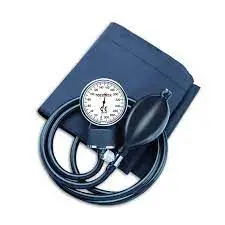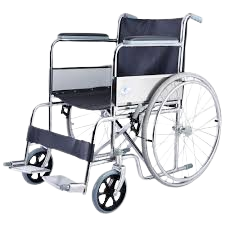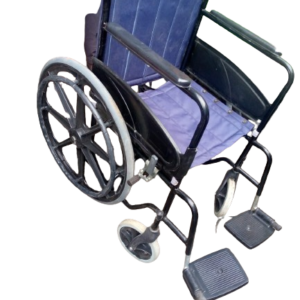Description
BP Apparatus
For inquiries, contact us at 0336-6057620 or visit Asad Surgical Shop.
The BP Apparatus is a vital tool that accurately measures blood pressure in medical settings and homes.
It consists of several key components designed to ensure precise readings and ease of use:
Components:
- Cuff: The cuff is wrapped around the upper arm and inflated to restrict blood flow temporarily during measurement.
- Pump: Attached to the cuff, the pump inflates it to a pressure that temporarily stops blood flow in the artery.
- Manometer: The manometer displays pressure readings in millimeters of mercury (mmHg) when inflating and deflating the cuff.
- Stethoscope (optional): Healthcare providers often use the stethoscope with manual BP apparatus to listen for Korotkoff sounds, which indicate blood flow resumption as they release pressure from the cuff.
How It Works:
- Preparation: The cuff is wrapped snugly around the upper arm, aligned with the brachial artery.
- Inflation: The pump inflates the cuff, temporarily stopping blood flow.
- Measurement: As the cuff slowly deflates, the gauge (manometer) measures the pressure in the artery.
- Reading: The gauge records the systolic pressure (when it first hears the sound) and diastolic pressure (when the sound disappears).
Accuracy and Reliability:
- Regular calibration and maintenance are essential to ensure precise readings.
- Digital BP apparatuses are increasingly popular for their ease of use and automatic recording of readings.
Importance:
- Monitoring: Essential for monitoring and managing hypertension (high blood pressure) and hypotension (low blood pressure).
- Diagnostic Tool: Aids in diagnosing various medical conditions related to blood pressure.
- Preventive Health: Regular monitoring helps in early detection of cardiovascular risks.
Conclusion:
The BP apparatus is indispensable in healthcare for its role in monitoring and managing blood pressure, contributing to better patient outcomes and preventive health practices.











Reviews
There are no reviews yet.